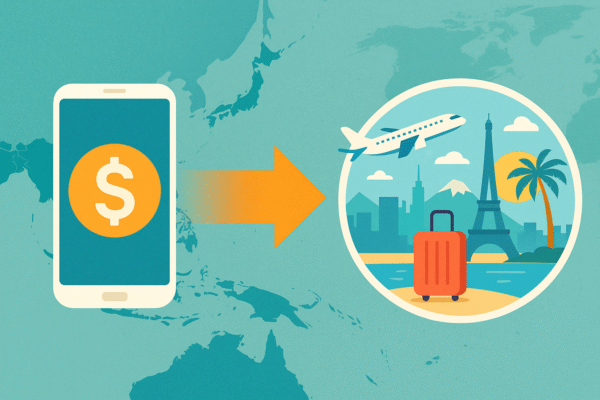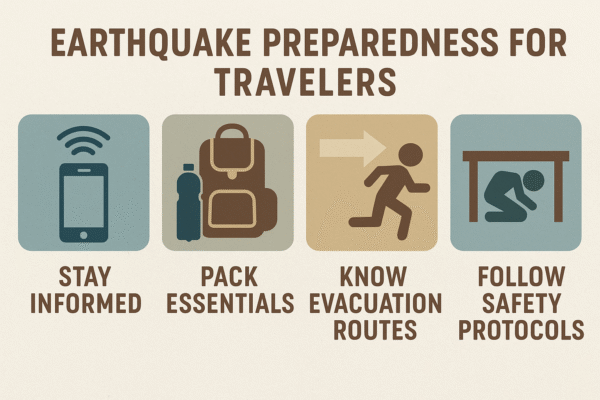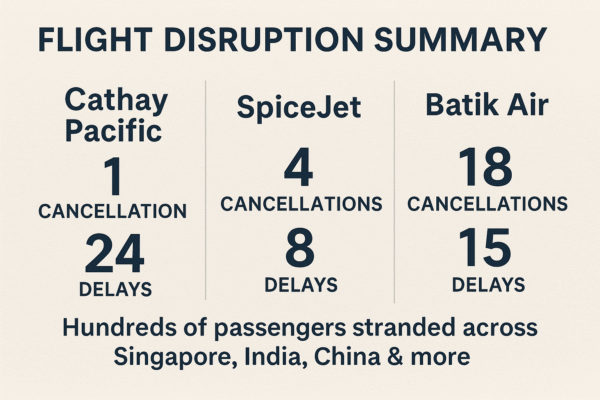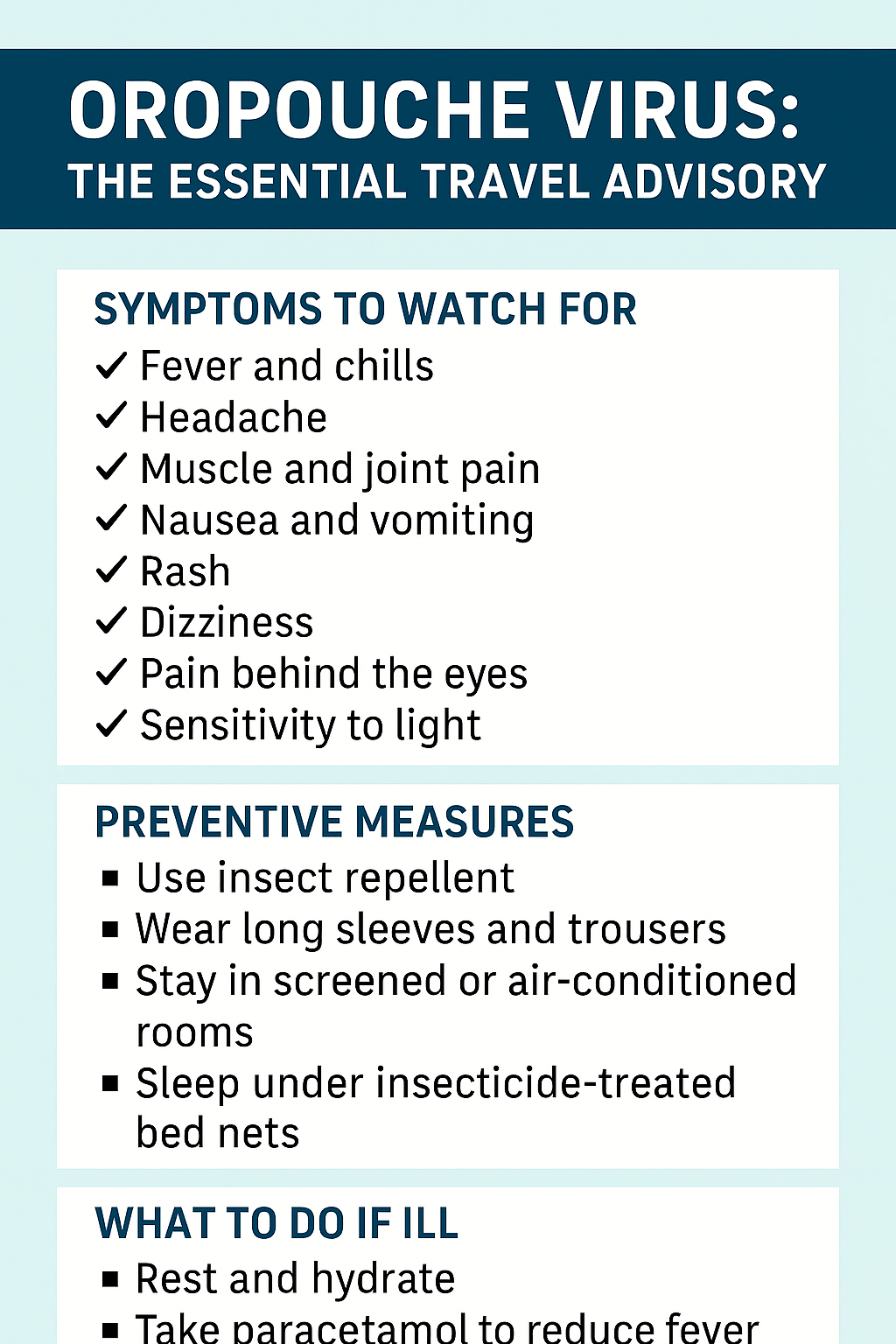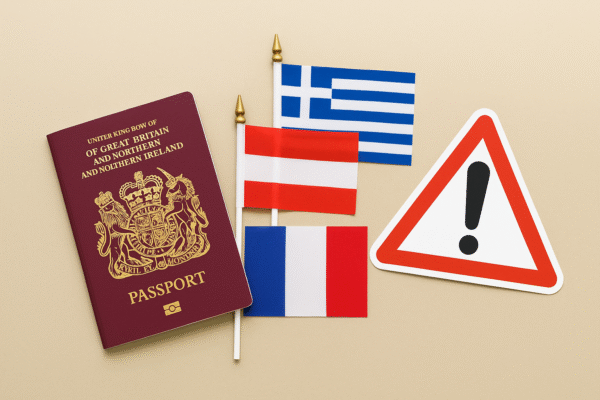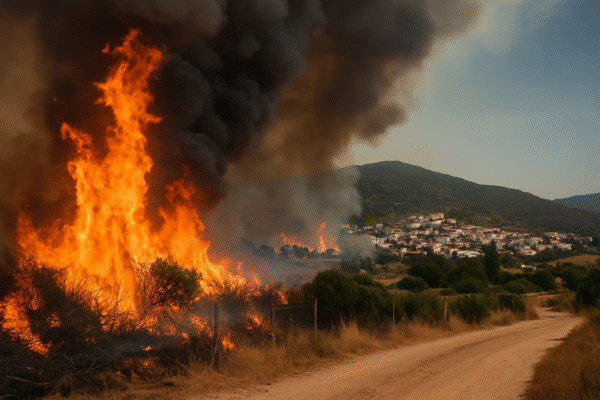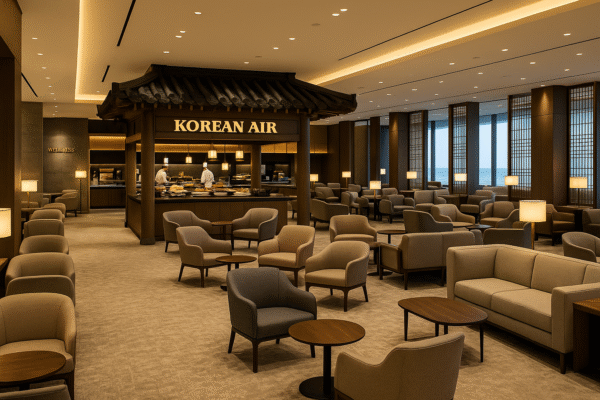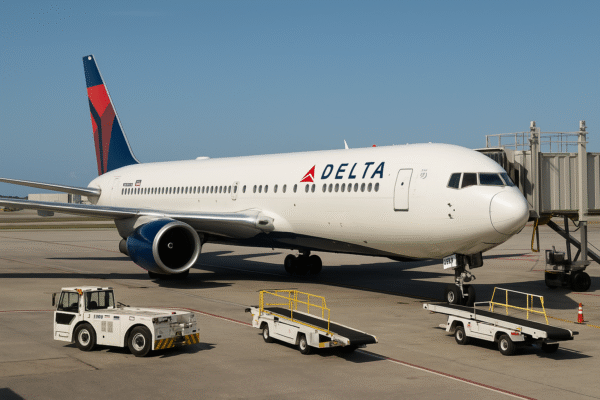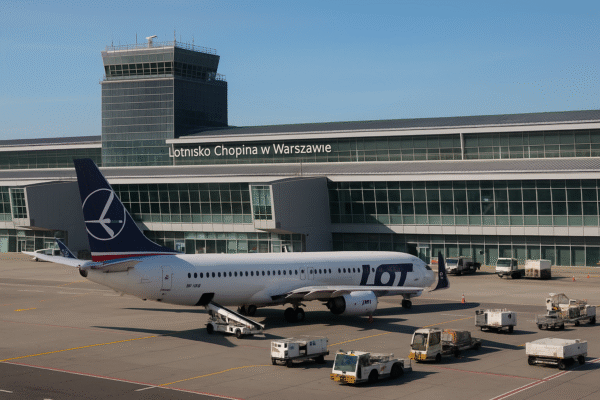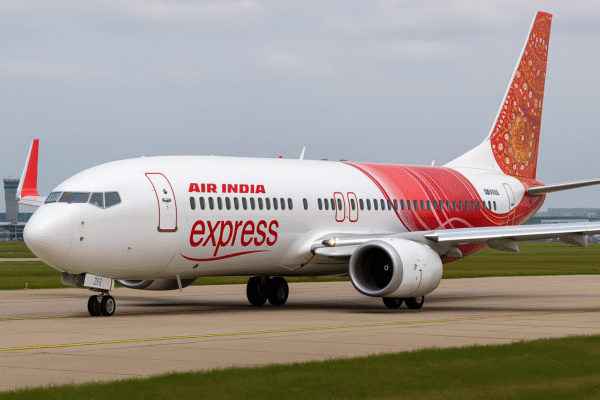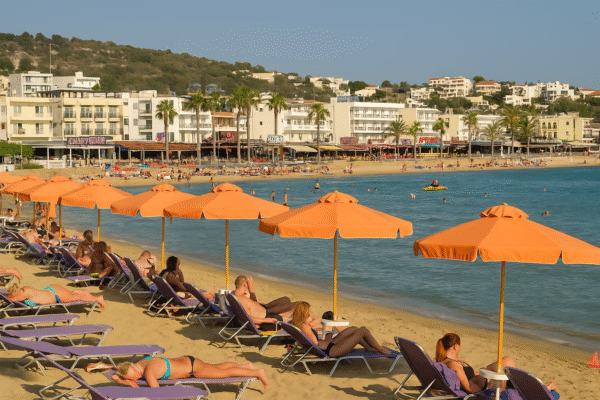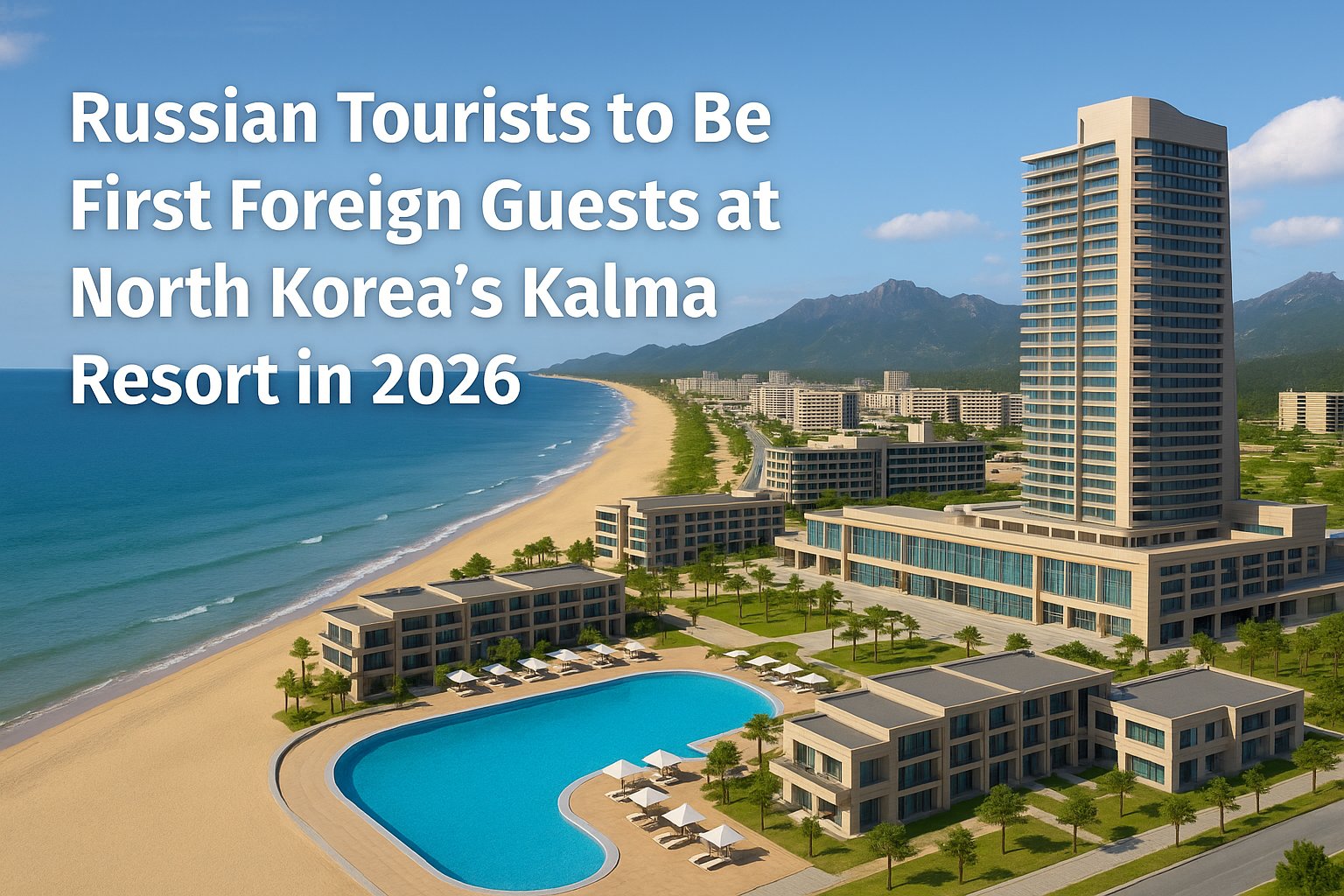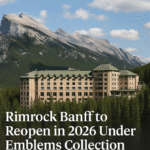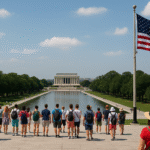In a move poised to reshape North Korea’s tightly controlled tourism landscape, the nation will welcome its first wave of international visitors to the newly completed Kalma Resort in Wonsan. Beginning July 2026, Russian tourists will become the inaugural foreign guests at this sprawling coastal luxury destination—signaling Pyongyang’s strategic push to revive tourism and deepen ties with Moscow.
Set along the eastern coastline of Kangwon Province near Wonsan, the Kalma Resort is the centerpiece of North Korea’s latest tourism revival strategy. This monumental project, long envisioned by North Korean leader Kim Jong-un, is designed to host up to 20,000 guests and boasts modern amenities, scenic beachfronts, and seamless access via Wonsan International Airport.
Strategic Opening Coincides with Russia-North Korea Relations
The resort’s official launch took place on June 24, 2025, with Kim Jong-un himself presiding over the ribbon-cutting ceremony. Russian Ambassador Alexander Matsegora was among the high-profile attendees, underscoring the growing partnership between the two countries. The opening marked not only a tourism milestone but also a diplomatic signal—North Korea is increasingly looking to Russia as a trusted travel partner and potential economic ally.
In July, this strengthened relationship will manifest in the form of specialized tourism packages exclusively available to Russian citizens. Managed by Vladivostok-based agency Vostok Intur, three travel packages are on offer, each priced around $1,840. These packages combine coastal relaxation at Kalma with alpine exploration at Masikryong ski resort, a symbol of Pyongyang’s earlier tourism experiments.
Kalma Resort: A Coastal Vision Realized
The Kalma Resort has long been a dream project of the regime, initially announced in 2013 as part of a broader effort to develop Wonsan into a dual-purpose economic and entertainment zone. After years of construction delays tied to international sanctions and resource scarcity, the resort now stands as one of North Korea’s most ambitious infrastructure achievements.
Located directly on the beach, the property features a high-rise luxury hotel, expansive swimming pools, water parks, and newly built roads connecting it to the Kalma Railway Station and Wonsan Airport. The goal is clear: position Kalma as a premium, accessible destination for select international visitors.
A Controlled Experiment in International Tourism
While North Korea remains one of the world’s most isolated nations, its cautious embrace of controlled tourism isn’t without precedent. In the late 1990s and early 2000s, Mount Kumgang served as a thriving tourist destination for South Koreans, attracting nearly two million visitors over a decade. That program abruptly ended after a 2008 incident involving a South Korean tourist’s death, and trust in North Korean tourism efforts waned.
Today, Kalma appears to be a second attempt—this time engineered with strict oversight and minimal geopolitical risk. By starting with Russian tourists, North Korea sidesteps broader international restrictions while testing its operational readiness for future expansion.
Reviving Masikryong: From Snow to Sea
Included in the travel packages is a visit to Masikryong, a modern ski resort unveiled in 2013 and a favorite of past Russian travel groups. North Korea’s tourism planners are keen to integrate this mountainous escape into a full-season circuit with Kalma—offering visitors a rare blend of snow sports and beachfront leisure within one tightly organized itinerary.
This year-round model reflects a maturing understanding of global tourism trends, albeit one filtered through the country’s unique political lens. It is not merely about attracting guests, but about showcasing the regime’s infrastructural capabilities and soft diplomacy.
Economic Implications Amid Global Sanctions
Despite severe international sanctions, North Korea appears determined to unlock hard currency streams through niche tourism. Experts suggest that such tightly monitored visits, particularly from nations like Russia that maintain neutral or friendly diplomatic relations, could serve as a test bed for broader economic engagement.
Analysts, however, remain cautious. Questions linger about Kalma’s ability to attract enough visitors to remain viable, especially with ongoing travel restrictions and limited marketing reach. Yet, if the initial Russian tours proceed smoothly, it could encourage incremental policy adjustments for select foreign entries.
Luxury in a Land of Austerity
Kalma’s lavish appearance—contrasting sharply with widespread poverty elsewhere in the country—raises questions of sustainability and internal equity. Still, the government’s messaging frames the resort as a symbol of national pride and progress.
Wonsan’s strategic location allows easy connections between land, sea, and air, while the resort’s contemporary architecture and Western-style amenities aim to impress a highly controlled visitor demographic. It is luxury with limits—designed to dazzle, but never to liberalize.
Conclusion: A New Tourism Chapter Begins in Wonsan
North Korea’s opening of the Kalma Resort marks a pivotal moment in its post-pandemic tourism strategy. By launching this coastal gem with Russian guests in the lead, Pyongyang is testing a new model of economic engagement—one where control, diplomacy, and selective access shape the guest experience.
If successful, Kalma could become a blueprint for future tourism corridors with other aligned nations. Whether this signals a long-term shift or a fleeting experiment remains to be seen, but for now, North Korea’s closed doors appear slightly ajar—for a chosen few.
For more travel news like this, keep reading Global Travel Wire

